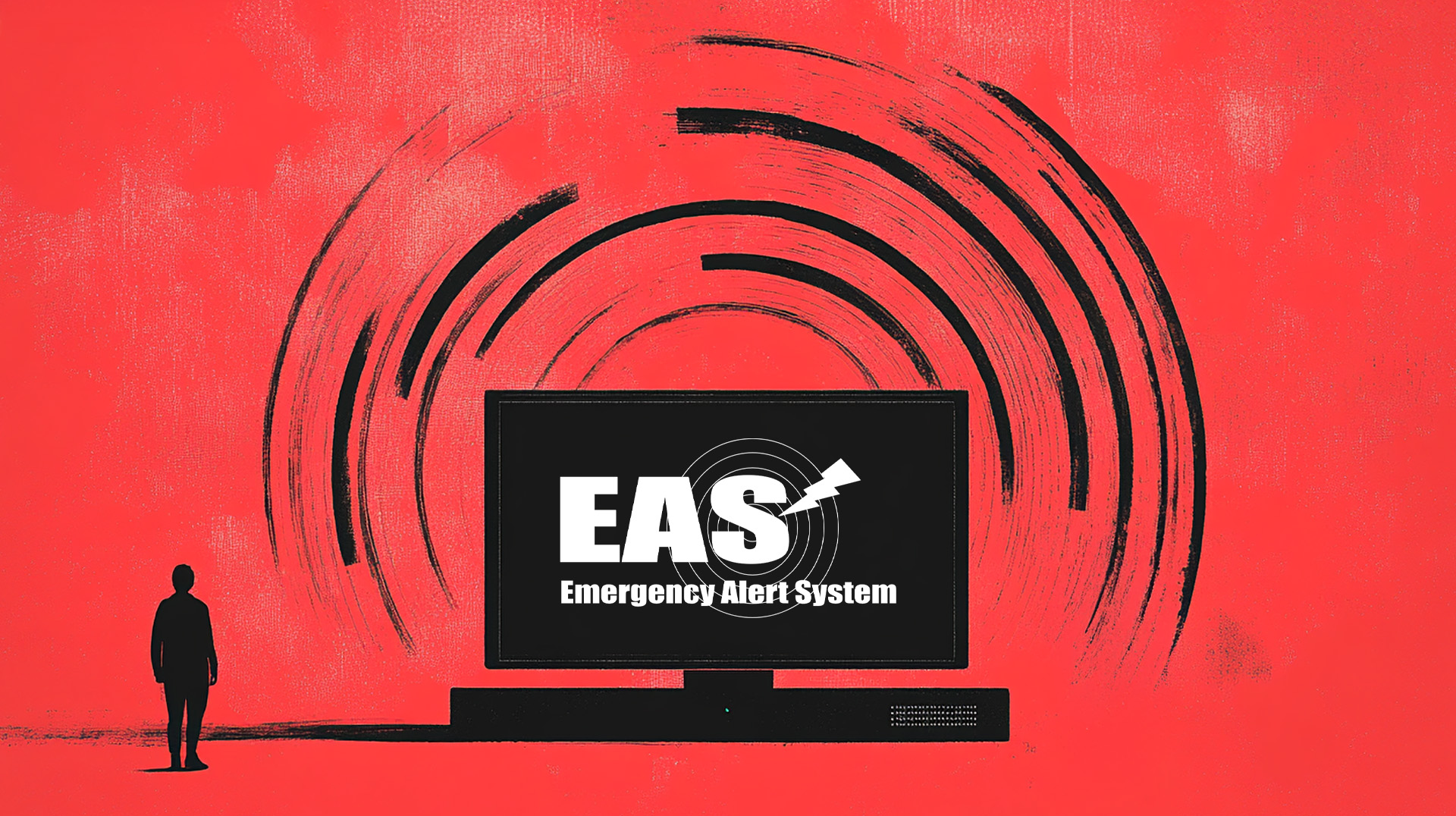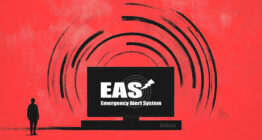FCC launches fundamental review of Emergency Alert System

Subscribe to NCS for the latest news, project case studies and product announcements in broadcast technology, creative design and engineering delivered to your inbox.
The Federal Communications Commission voted at its August 7 open meeting to conduct a comprehensive overhaul of the nation’s emergency alerting infrastructure, marking the first ground-up examination of systems that haven’t been fundamentally reviewed in more than three decades.
The Commission’s Notice of Proposed Rulemaking will examine both the Emergency Alert System and Wireless Emergency Alerts to determine whether these critical public safety tools require structural changes to better serve modern communication needs. The current frameworks underlying EAS and WEA are 31 and 13 years old, respectively.
“Just because something has been done a certain way for a certain number of years, we should not hesitate to change things up,” Chairman Brendan Carr said in his statement. “That’s a long time by any measure, and a lifetime in the tech sector.”
Recent failures add sense of urgency
“Last week, communities in Hawaii and Alaska were told by local, state, and national authorities to be ready to evacuate, take shelter, or seek higher ground,” Commissioner Anna Gomez said during the meeting. “That’s because an 8.8-magnitude earthquake had struck the Russian coast and could soon threaten these two states with potentially deadly tsunami waves.”
In Hawaii, authorities initially ordered complete evacuations during afternoon rush hour, creating severe traffic gridlock. Officials were slow to communicate alternatives like vertical evacuation in safe structures, leaving residents in vehicles within danger zones.
Alaska faced different but equally serious problems. Residents received conflicting emergency messages, including a mistaken evacuation order for Unalaska that caused widespread panic before authorities could correct the error.
“Some confused residents were given conflicting messages as they struggled to understand what steps to take to keep themselves and their families safe,” Commissioner Anna Gomez noted in her statement. “But that should not prevent us from looking at every possible way that we can minimize them, whether through new and improved technology, or through more targeted and streamlined systems.”
Commissioner Olivia Trusty connected these failures to broader patterns revealed by recent flooding disasters.
“In light of reports from North Carolina and Texas where residents had limited time to escape the floodwaters after receiving the alerts, it is critical that we explore where communication breakdowns may occur,” she said.
Scope of EAS review
The rulemaking will examine fundamental questions about emergency alerting architecture:
- Alert origination: Which entities should be able to send alerts and how should systems accommodate diverse authorities
- Transmission capabilities: Whether current geographic targeting, resilience, and security features meet operational needs
- Information delivery: How alerts should convey information and through which distribution methods
- System integration: How federal alerting systems can better coordinate with state and local emergency communications
The Commission will specifically evaluate whether EAS and WEA are meeting the public’s and alerting authorities’ expectations, and whether redesign or targeted improvements could enhance effectiveness.
“Our goal is simple but urgent: to ensure that Americans receive life-saving information, at the right time, in the most effective format, so they can take action before disaster strikes,” Trusty said.
The review brings renewed focus to public broadcasting’s emergency communications role.
For example, Hawaii Public Radio journalists remained at their posts within evacuation zones, continuing to broadcast while others evacuated.
“Despite enormous personal risk, the journalists at Hawaii Public Radio stayed put while everybody else fled,” Gomez said. “In the end, it was public media who helped get the message out that there were other alternatives to leaving the area.”
Gomez used her statement to defend public broadcasting against recent funding cuts and what she termed “unfounded political attacks,” arguing these stations serve as vital emergency infrastructure.
“Despite the many false narratives coming out of Washington, this public station is deeply invested in serving their local community,” she said, referring to Philadelphia’s WHYY. “That’s why it’s been concerning to see unfounded political attacks against these public stations, which most recently culminated in a successful effort to strip their funding and limit the ways in which they can effectively serve the public during emergency situations.”
“So, as we look at modernizing our alerting system, I will be paying close attention at how we can continue to support public media’s vital role as a conduit for life-saving emergency alerts,” Gomez said.
Multilingual challenges persist
The emergency alert review also highlights ongoing delays in multilingual emergency communications.
Despite unanimous FCC approval last year for alert templates in 13 languages beyond English, implementation has stalled following industry opposition.
“Inexplicably, this FCC continues to stall on moving those templates forward for implementation,” Gomez said. “And after a disappointing coordinated campaign led by industry, this FCC has now shifted that burden back to alert originators, posting guidance that simply encourages the use of those templates.”
The Commission had originally required carriers to implement multilingual templates but shifted the burden to alert originators after industry pushback.
“Sadly, even that poor substitute for real progress will likely go unnoticed, as it was buried in a web page that few will find,” Gomez added.
“Inexplicably, this FCC continues to stall on moving those templates forward for implementation,” Gomez said. “Sadly, even that poor substitute for real progress will likely go unnoticed, as it was buried in a web page that few will find.”
The rulemaking’s scope suggests potential integration beyond traditional broadcast and wireless platforms. As Americans increasingly consume information through streaming services, social media, and digital platforms, the Commission will likely examine how emergency alerts can reach audiences across diverse media channels.
For broadcasters, this could mean expanded responsibilities as emergency information distributors or integration requirements with newer distribution technologies. The review may also address how emergency alerts function across internet-delivered content and whether streaming platforms should participate in emergency alerting infrastructure.
The Commission will accept public comments on the rulemaking as it develops specific proposals for emergency alerting modernization. Given the scope of potential changes and the age of current systems, implementation of any new requirements would likely occur over multiple years to allow for technical planning and equipment transitions.
Subscribe to NCS for the latest news, project case studies and product announcements in broadcast technology, creative design and engineering delivered to your inbox.





tags
Brendan Carr, Emergency Alert System, FCC
categories
Broadcast Business News, Featured, Policy